Create programs that include sequences, events, loops, and conditionals.
Decompose (break down) problems into smaller, manageable subproblems to facilitate the program development process.
Modify, remix, or incorporate portions of an existing program into one's own work, to develop something new or add more advanced features.
Understand what algorithms are; how they are implemented as programs on digital devices; and that programs execute by following precise and unambiguous instructions.
Create and debug simple programs.
Use logical reasoning to predict the behaviour of simple programs.
Can understand and apply the fundamental principles and concepts of computer science, including abstraction, logic, algorithms and data representation.
Can analyse problems in computational terms, and have repeated practical experience of writing computer programs in order to solve such problems.
Use technology purposefully to create, organise, store, manipulate and retrieve digital content.
Design, write and debug programs that accomplish specific goals, including controlling or simulating physical systems; solve problems by decomposing them into smaller parts.
Use sequence, selection, and repetition in programs; work with variables and various forms of input and output.
Use logical reasoning to explain how some simple algorithms work and to detect and correct errors in algorithms and programs.
Design and develop modular programs that use procedures or functions.
Understand and apply the fundamental principles and concepts of computer science, including abstraction, logic, algorithms and data representation.
Understand several key algorithms that reflect computational thinking.
Create programs that use variables to store and modify data.
Test and debug (identify and fix errors) a program or algorithm to ensure it runs as intended.
Take on varying roles, with teacher guidance, when collaborating with peers during the design, implementation, and review stages of program development.
Describe choices made during program development using code comments, presentations, and demonstrations.
Document programs in order to make them easier to follow, test, and debug.
Create clearly named variables that represent different data types and perform operations on their values.
Design and iteratively develop programs that combine control structures, including nested loops and compound conditionals.
Decompose problems and subproblems into parts to facilitate the design, implementation, and review of programs.
Incorporate existing code, media, and libraries into original programs, and give attribution.
Create prototypes that use algorithms to solve computational problems by leveraging prior student knowledge and personal interests.
Use lists to simplify solutions, generalizing computational problems instead of repeatedly using simple variables.
Document design decisions using text, graphics, presentations, and/or demonstrations in the development of complex programs.
Use and adapt classic algorithms to solve computational problems.
Recognise common uses of information technology beyond school.
Create procedures with parameters to organize code and make it easier to reuse.
Develop plans that describe a program’s sequence of events, goals, and expected outcomes.
Debug (identify and fix) errors in an algorithm or program that includes sequences and simple loops.
Model daily processes by creating and following algorithms (sets of step-by-step instructions) to complete tasks.
Model the way programs store and manipulate data by using numbers or other symbols to represent information.
Develop programs with sequences and simple loops, to express ideas or address a problem.
Decompose (break down) the steps needed to solve a problem into a precise sequence of instructions.
Develop their capability, creativity and knowledge in computer science, digital media and information technology.
Using correct terminology, describe steps taken and choices made during the iterative process of program development.
Demonstrate code reuse by creating programming solutions using libraries and APIs.
Are responsible, competent, confident and creative users of information and communication technology.
Can evaluate and apply information technology, including new or unfamiliar technologies, analytically to solve problems.
Understand how data of various types can be represented and manipulated digitally, in the form of binary digits.
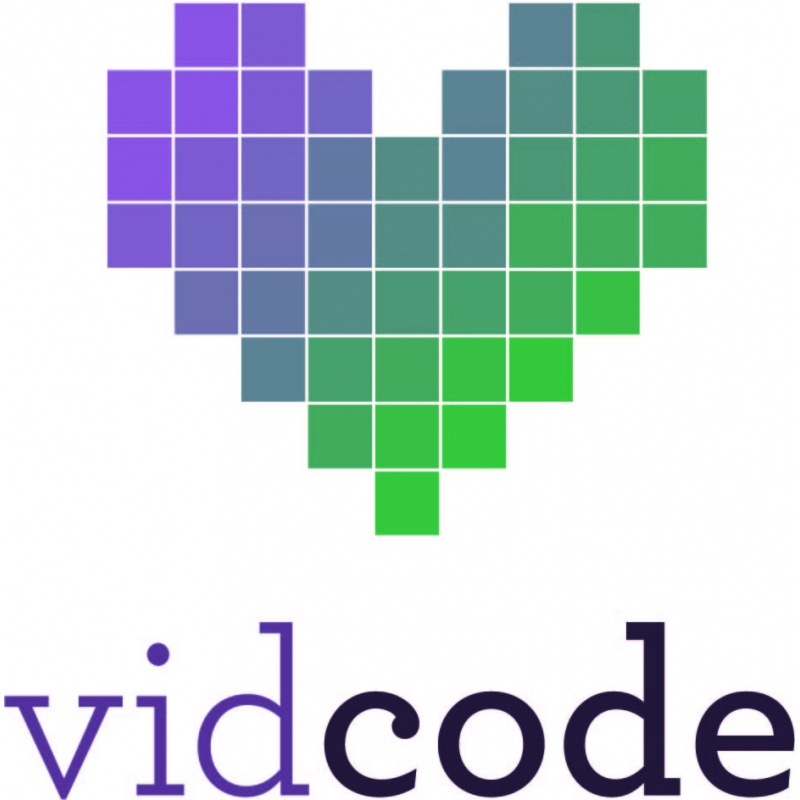


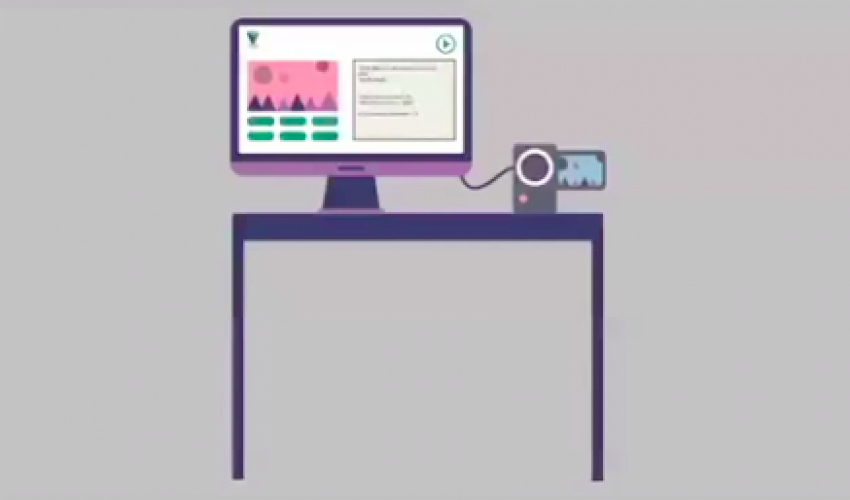
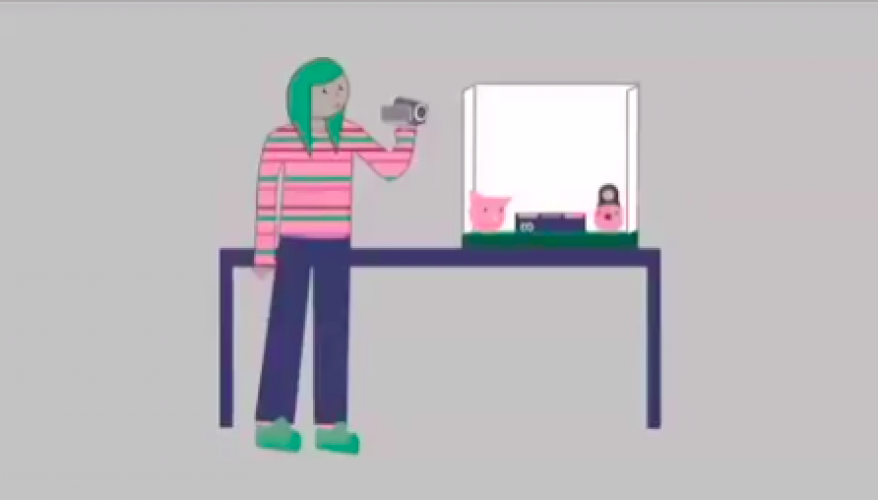
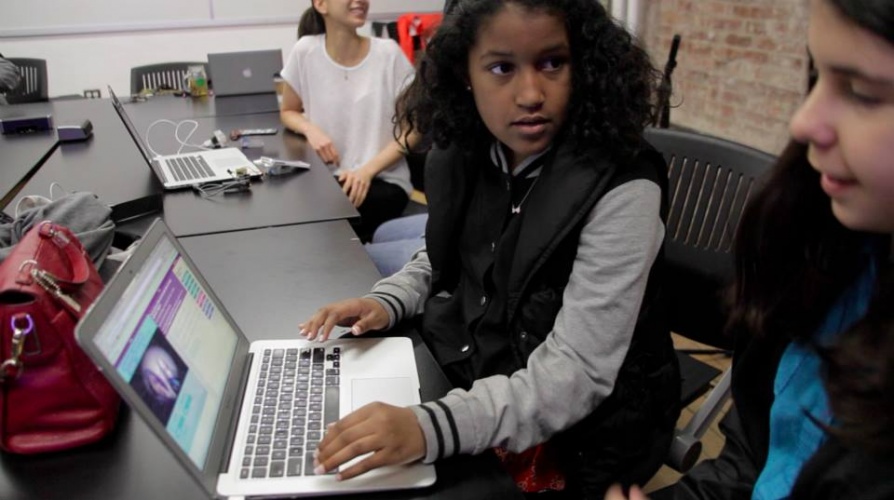
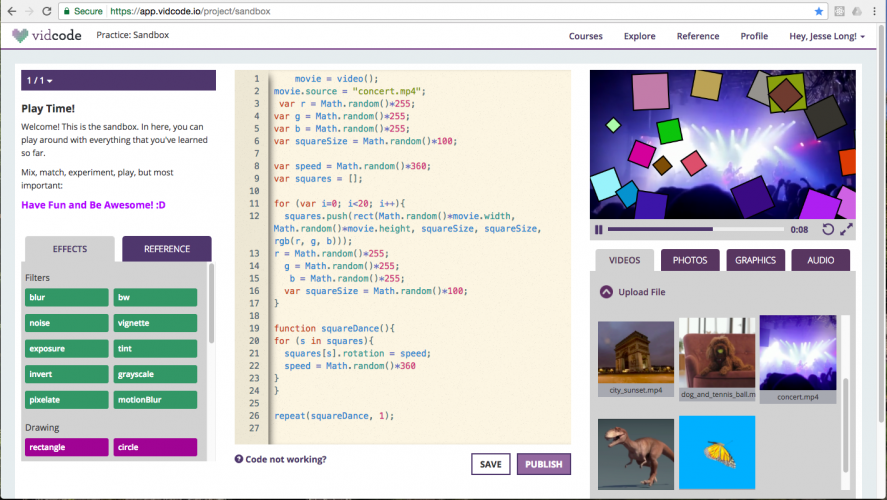
User reviews for Vidcode
You need to log in to post a review.